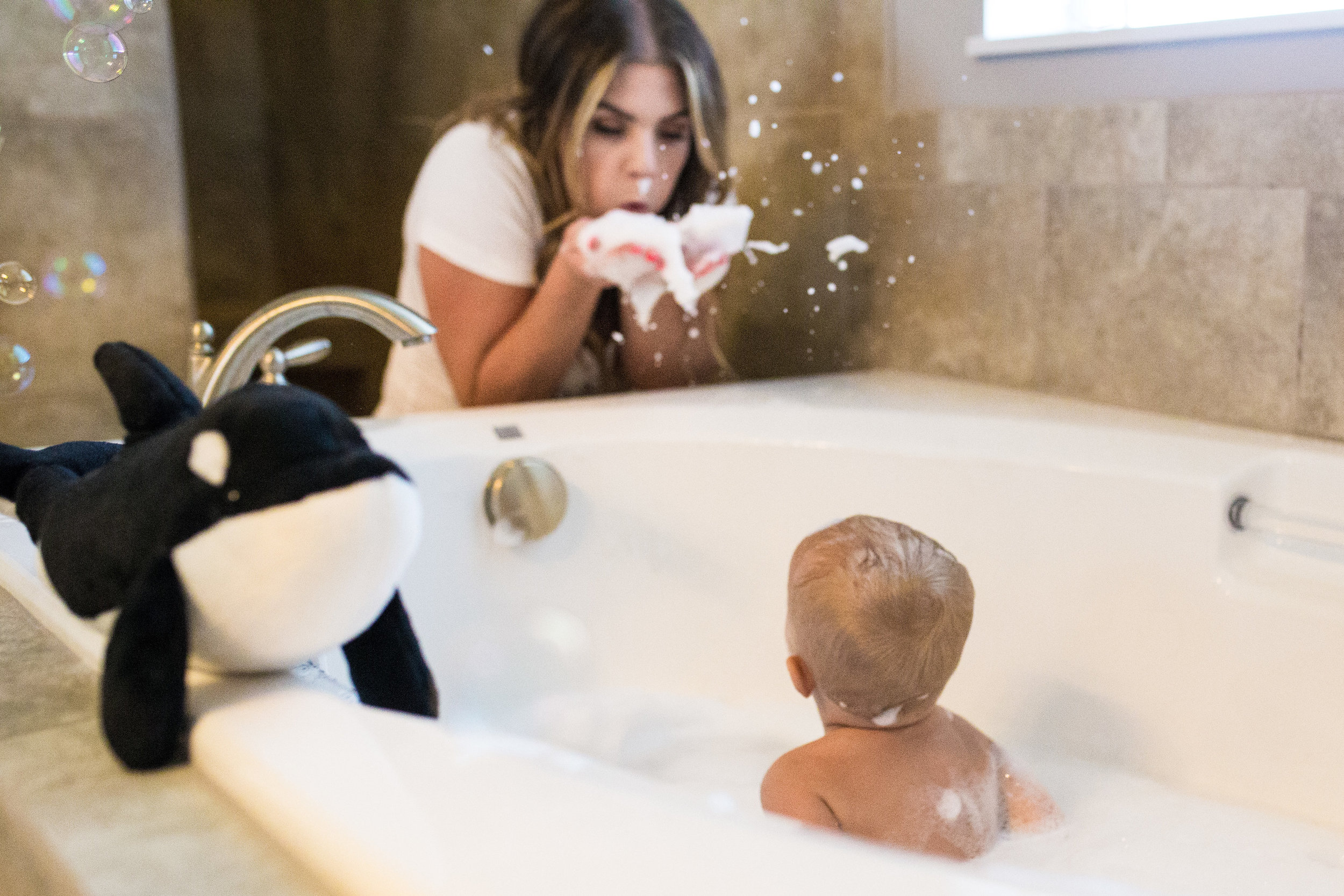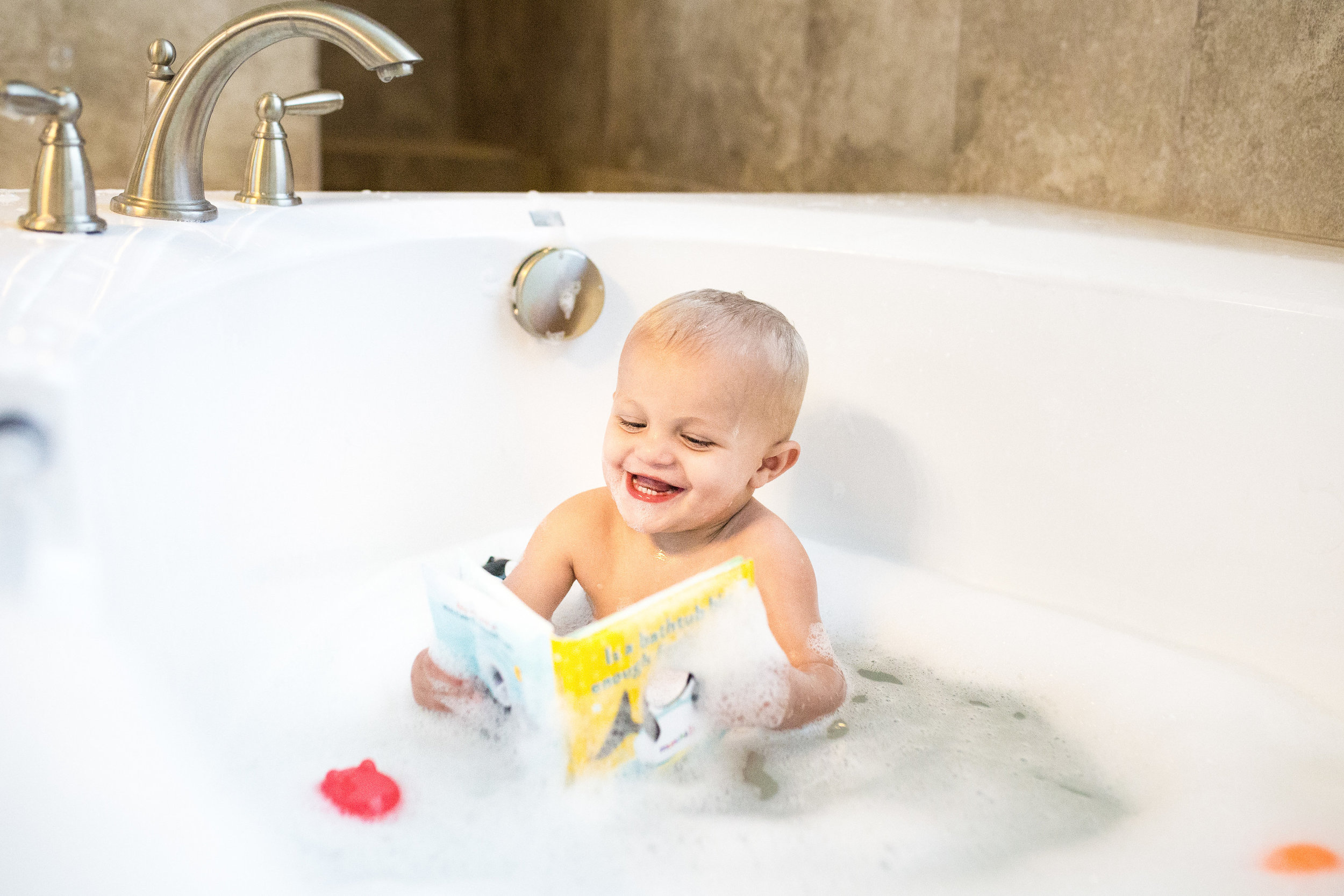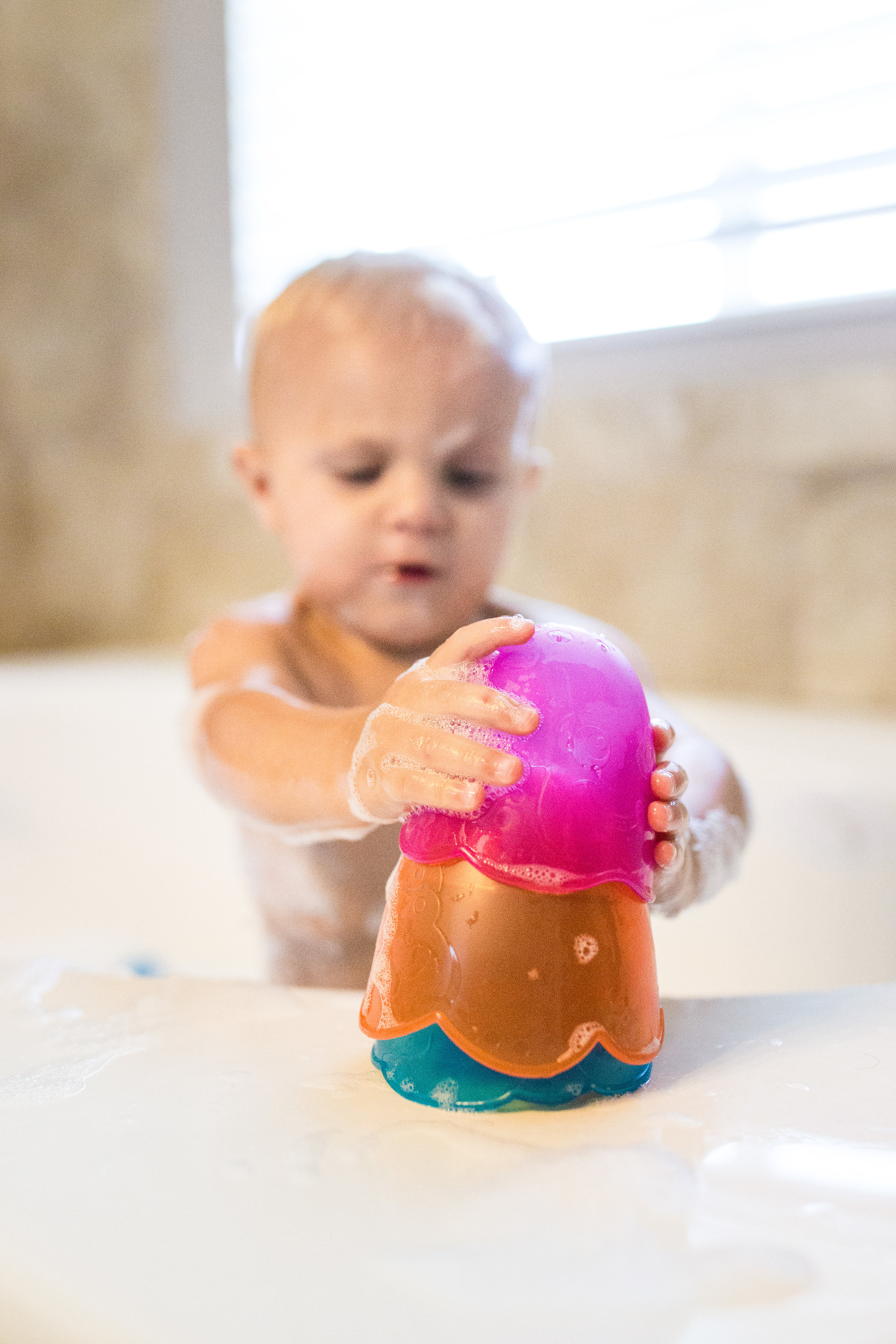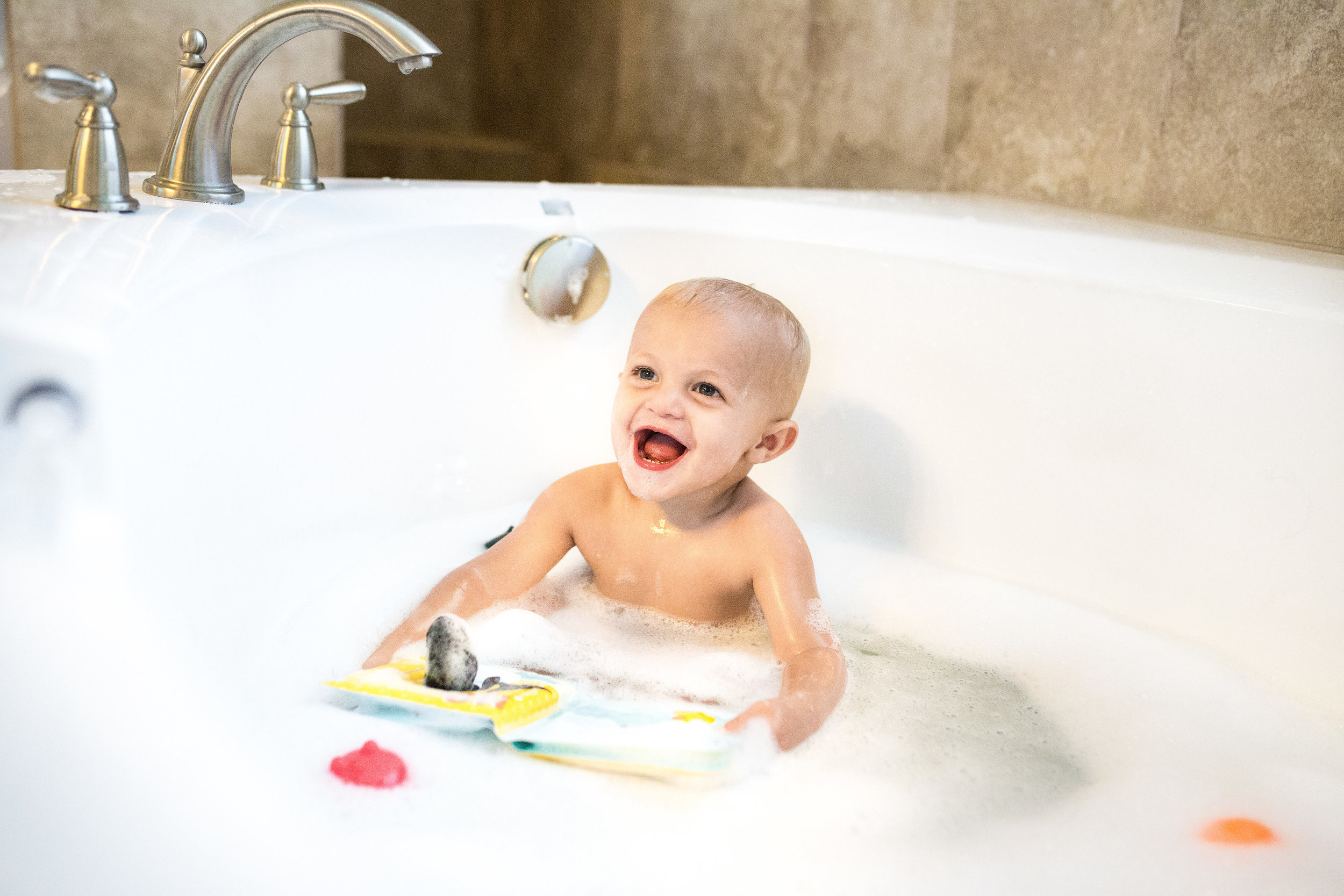As an animal advocate I am willing to stand up and fight for animals to have the right to exist without the fear of being mistreated, exploited or exterminated. The welfare of animals is constantly on my mind. Before I became a mother and now blogger, I worked for Best Friends Animal Society. Aside from doing my daily duties of a Veterinary Technician, this organization is helping fix the animal population by making sure pets are spayed and neutered and aiming for a "No Kill" status in our animal shelters. We worked to ensure that animals received proper care, treatment and respect, and created awareness among the public about animal exploitation and abuse issues. I was so grateful to work for such a compassionate company that held my same standards and values towards animals.
When I initially learned of Project Orca I knew I had to get involved and also inform you, my readers of this incredible Sea Side Sanctuary. As fellow animal lovers, advocates and compassionate people, I know this will touch your heart as much as it did mine.
Did you know that tomorrow is World Orca Day! July 14th, is proclaimed World Orca Day to celebrate and focus on campaigns, films, awards, conservation efforts, and everything else about Orcas, also known as killer whales. This specific date was chosen to commemorate the successful release of an Orca named Springer back in the wild, in British Columbia, Canada, in 2002. Springer, officially named A73, is a member of the northern resident orca community that frequents the waters off the northern part of Vancouver Island, BC, every summer. In 2002, Springer’s mother died and she was discovered alone and emaciated off the waters of Seattle, Washington, some 250 miles south.
I am ecstatic to announce a collaboration I have been working on that is very near and dear to my heart!!! I’ve teamed up with one of my favorite baby product brands, Munchkin, to bring awareness to the Orca whales that are in confinement and living in their unnatural habitats.
The amazing team behind Munchkin are bringing that same drive and determination that goes into making their colorful & bright products to a cause that is greatly needed: Project Orca.
After 10 years of making a little water toy Orca, they’ve decided to put their principles before their profits and have removed the top-selling toy from their Sea Squirt lineup...
"Because a bathtub isn’t big enough for an Orca."
As a response to the harmful practice of keeping Orcas in captivity, a practice that is still sadly in effect today, Munchkin has decided to kick-start a donation of $1,000,000 to develop the first sea side Orca sanctuary in the United States... Project Orca!!!
Photo from Shutterstock via Whale Sanctuary Project
Why do we need a seaside sanctuary for whales?
While there are sanctuaries for many land animals who are being retired from zoos and circuses, there are none yet for whales and dolphins. Without permanent sanctuaries, they will be confined to concrete tanks for the next 30–40 years, or as long as they live.
Killer Whale performing at Sea World San Diego
Photo from Shutterstock via Whale Sanctuary Project.
What exactly is Project Orca you ask?
They are evaluating potential whale sanctuary sites in Washington State, British Columbia and Nova Scotia. In 2017 they studied more than 100 potential sites through desktop study, prioritized those that looked promising based on their physical characteristics, and then visited more than 30 sites to get on-the-water understanding of the sites.
They have now narrowed that list and prioritized sites of interest where they will be engaging with local communities to share the vision for a sanctuary, respond to their questions and better understand how the community and the Whale Sanctuary Project can, together, craft a location-specific sanctuary plan that is of positive benefit to the community and serves the best welfare of the sanctuary whales.
The Whale Sanctuary team is currently engaged in this process on both the East coast (in Nova Scotia) and on the West coast (in Washington State and British Columbia.)
As I researched more about this new Sanctuary, l had the lovely opportunity to interview,
Mr. Michael Mountain from The Whale Sanctuary Project
What will the size of the open ocean sanctuary be?
The sanctuary will be a netted-off bay or cove with at least 65 acres of water space and a minimum average depth of 45 feet. It will have a natural bottom with living creatures with whom the whales can interact: fish, crabs and even birds to chase on the water’s surface.
Do you have any orcas or other ocean life ready to intake once the sanctuary is open?
Lots of different factors will determine which orcas and belugas we bring to the sanctuary. These include results of veterinary exams, best combination of residents in terms of who would be compatible with whom, and which of the marine performance parks (here in the U.S. and also abroad) will be most open to working with us.
So, while there are many potential residents, we’re not focusing yet on making a selection.
How will you go about intaking whales in the future?
It will be a matter of balancing those various factors and others, like:
a) who would benefit most from being at a sanctuary;
b) whether there are any health issues that might cause too much stress, or any other concerns in terms of transporting and relocating them;
c) what are likely to be the social relationship among the various potential residents. Bear in mind that social networks and family groups are very important to orcas and belugas. Much of the stress they encounter in their present circumstances is related to being housed in very confined spaces. We will need to ensure that whales in the sanctuary can all thrive together, and we will have the ability to create separation within the sanctuary as necessary.
Will there be an exhibit/ or viewing area for visitors to come learn about the sanctuary?
Yes, people will be able to view the whales from a vantage point either at the sanctuary site or at a nearby location that does not interfere with their lives and activities. (The wellbeing of sanctuary residents – not audiences, visitors, researchers, etc. – is always the priority.)
And we plan to create a visitor center that will offer an interpreted first-hand experience of the sanctuary, including state-of-the-art video feeds above and below water opening a window into the world of the resident whales for anyone with Internet access. Virtual reality 3-D technology will allow immersive experiences that teach people about the life and behavior of these charismatic animals. Depending on the sanctuary location, the visitor center may be located in a nearby community or other location that is accessible to visitors.
One of our goals is for the sanctuary to provide educational experiences and inspire a conservation ethic in people of all ages.
Killer Whale breaching near Canadian Coast
Photo from Shutterstock via Whale Sanctuary Project.
When I became a mother I knew how important it was for Sean and I to teach Graham compassion, how to be kind, and caring towards humans and animals. When he is older I will pass down my knowledge of animal rights awareness to him. But at 23 months old he needs to understand in a fun, kid-friendly way, and Munchkin's Project Orca program is a great way to start. Graham can flaunt his Project Orca shirt to playdates, the grocery store and share about this fantastic cause and what it means to him to save the whales.
We are able to turn bath time into a fun learning environment by reading our Munchkin Orca Puppet Bath Book. By teaching him about animal activism, I hope he will understand the importance of keeping Orcas and other whales in their rightful homes.
I would like to humbly ask my readers and fellow animal advocates to carry this message far and wide. We can help fundraise this project and expand the support for The Whale Sanctuary Project that Munchkin CEO Steven Dun his team at Munchkin have so generously initiated.
To donate to PROJECT ORCA click HERE
To shop Bath Toy Scooper click HERE
To shop Ocean Bath Squirts click HERE
To shop Orca Puppet Bath Book click HERE
To shop Duck Dunk bath toy click HERE
#ORCASLIVEINOCEANS GRAPHIC APPAREL
To shop Megan's sweatshirt click HERE
To shop Graham's t-shirt click HERE
To shop Megan's t-shirt click HERE
Photo by Katy Foster
ORCA FACTS:
The sad reality is that when Orcas and other whale are taken away from their home, the Ocean, and then put into concrete tanks on display, bred, and eventually birth their young into captivity... they experience many heartbreaking problems.
- Shorter lifespan
- Immune system dysfunction and increased infections
- Behavioral abnormalities,hyper-aggression, self-mutilation
- Difficulties raising their children to adulthood/high mortality rate because they are not able to learn how to raise their children within a natural social group.
- There have been numerous incidents of orcas harming and killing each other and trainers in marine parks and aquariums and not a single instance of either in the wild!
- Family bonds are critically important to orcas. Orcas are matrilineal – social life is dictated by older females.
- Orcas also experience menopause and grandmothers help raise their grandchildren. In some populations sons spend their entire lives with their mother. In marine parks and aquariums family groups are broken up and substituted for artificially-devised groupings of individual whales.
- Orcas populations in the wild have different cultures which are expressed as different social patterns, ways of hunting for food, dialects, and other behaviors. These cultural traditions keep groups intact and separate from each other. In marine parks very little opportunity exists to create and maintain cultural traditions and even communication like echolocation is impacted negatively by living in glass/concrete tanks.
I am extremely grateful to Munchkin for their kind generosity in gifting Graham and I the items above, and I can’t thank them enough for all of the efforts they have put into Project Ocra… Munchkin is a lovely brand to work with and also use in everyday parenting life. We enjoy using their baby and toddle products, they are bright, colorful and bold. It makes it fun and easy for the littles to use because they are durable and above all they’re safe!
XOXO
























